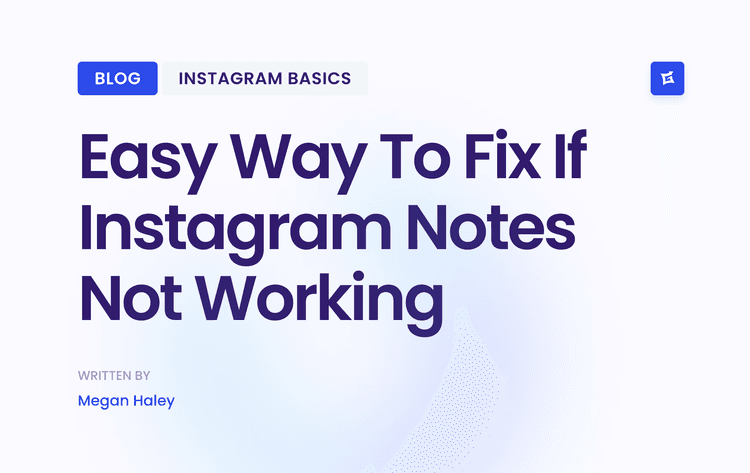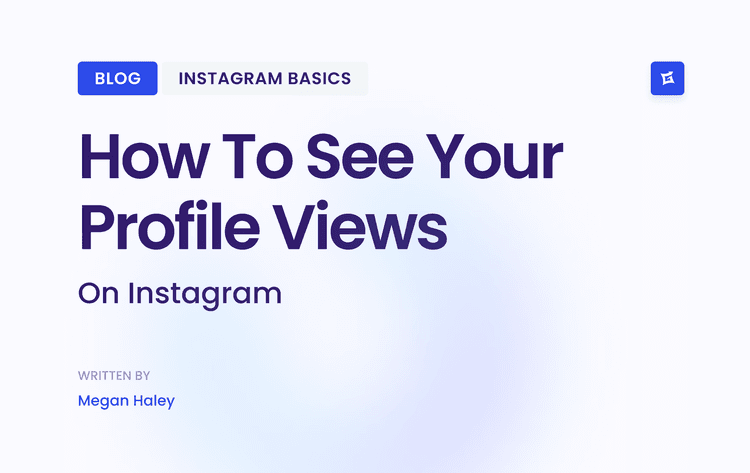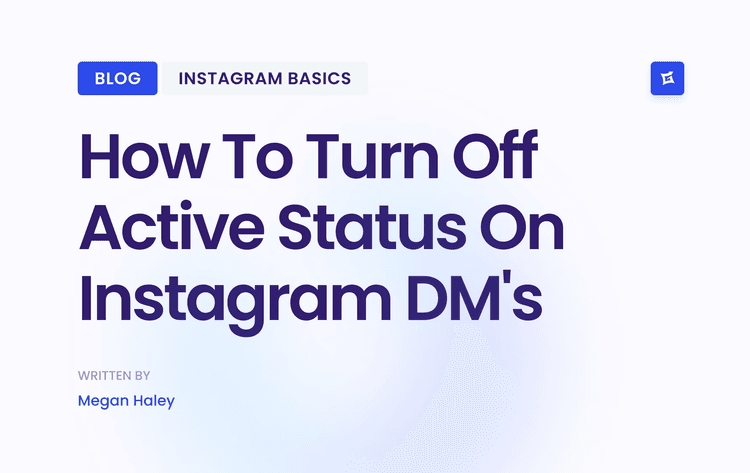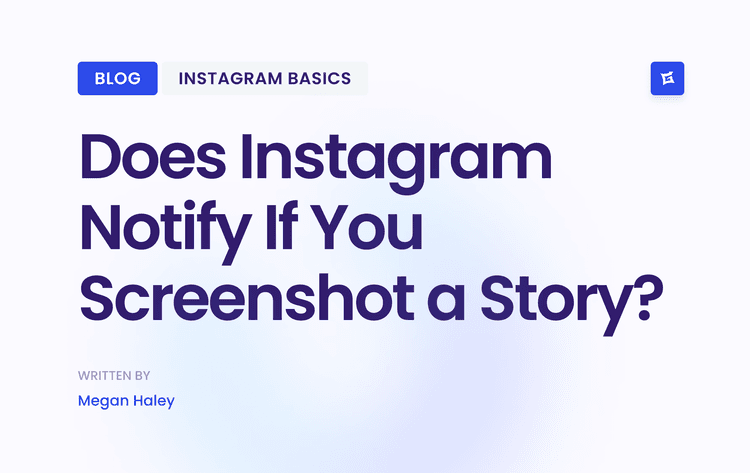1. 'Asset-Based' Content Creation (ABCD Model)
Instead of focusing on what your audience lacks, the Asset-Based Community Development (ABCD) model flips the script. This powerful community engagement strategy shifts your focus from broadcasting messages to identifying and celebrating the existing skills, knowledge, and passions within your audience. It treats your followers as valuable assets and co-creators, not just passive consumers.
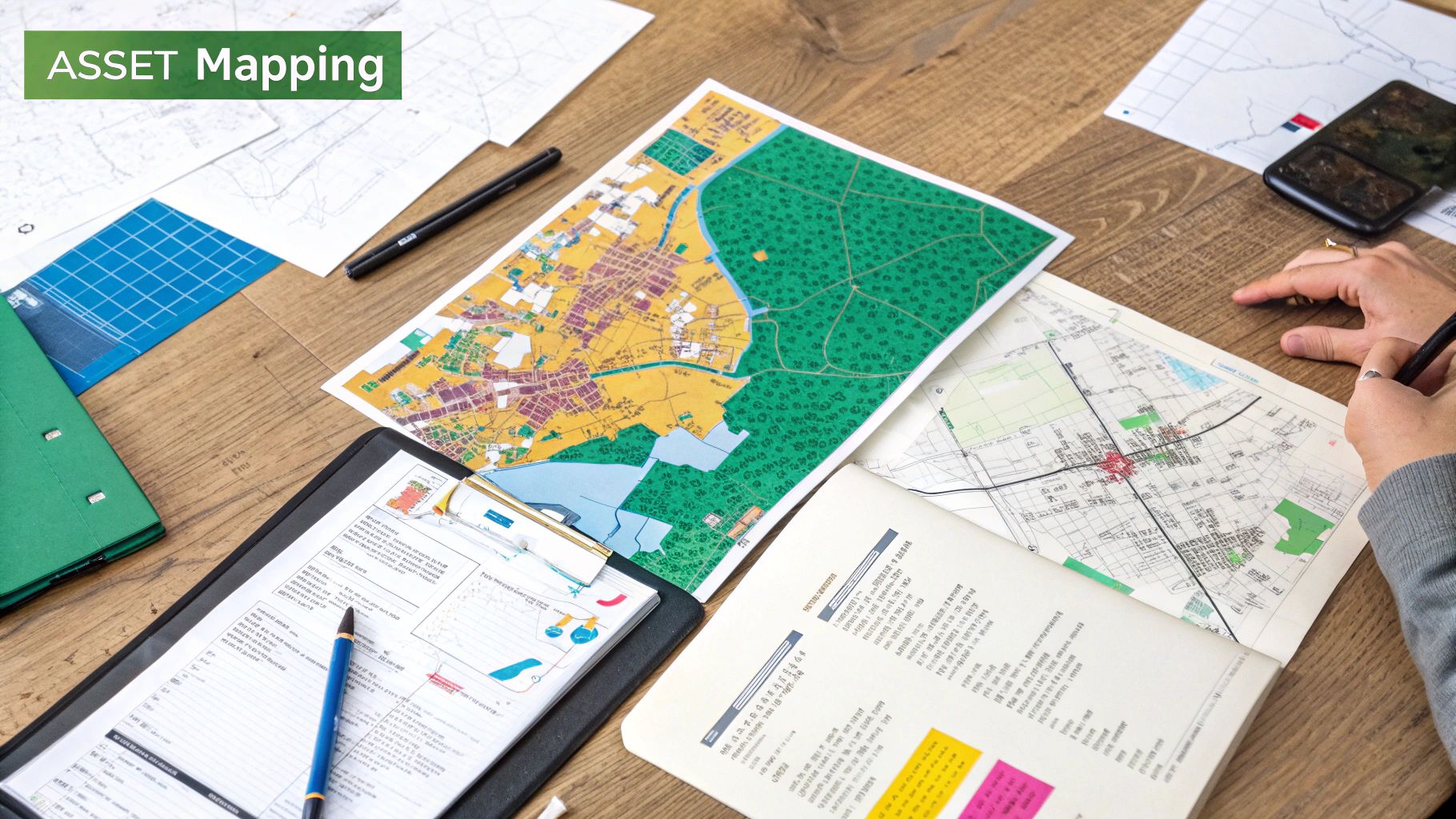
By adopting this mindset, you change your Instagram feed from a one-way monologue into a collaborative, dynamic space. This approach builds profound loyalty and fosters a sense of shared ownership, making your community feel seen, heard, and genuinely valued.
How to Implement the ABCD Model
Spotlight User-Generated Content (UGC): A fitness brand can feature follower-submitted healthy recipes. A software company could highlight a "Creator of the Week" by using its product in innovative ways.
Create Collaborative Resources: A travel blogger can build an Instagram Guide with tips sourced entirely from their followers' comments, creating a valuable, community-built asset.
Actionable Tips for Success
Use a unique hashtag for submissions, like #YourBrandCommunity, to easily track and curate content.
Always ask for permission before reposting and give clear credit using a tag in both the caption and the photo.
Leverage Instagram's "Collaboration" feature to co-author posts with featured community members, amplifying their visibility and yours.
Engage deeply with every submission, even those you don't feature, to show appreciation and encourage future participation.
2. Participatory Budgeting
Participatory Budgeting is a democratic process that empowers your community to have real control over how a portion of the budget is spent. Instead of a top-down decision, this community engagement strategy invites members to directly brainstorm, deliberate, and vote on projects. It changes members from passive observers into active stakeholders with a tangible impact on outcomes.
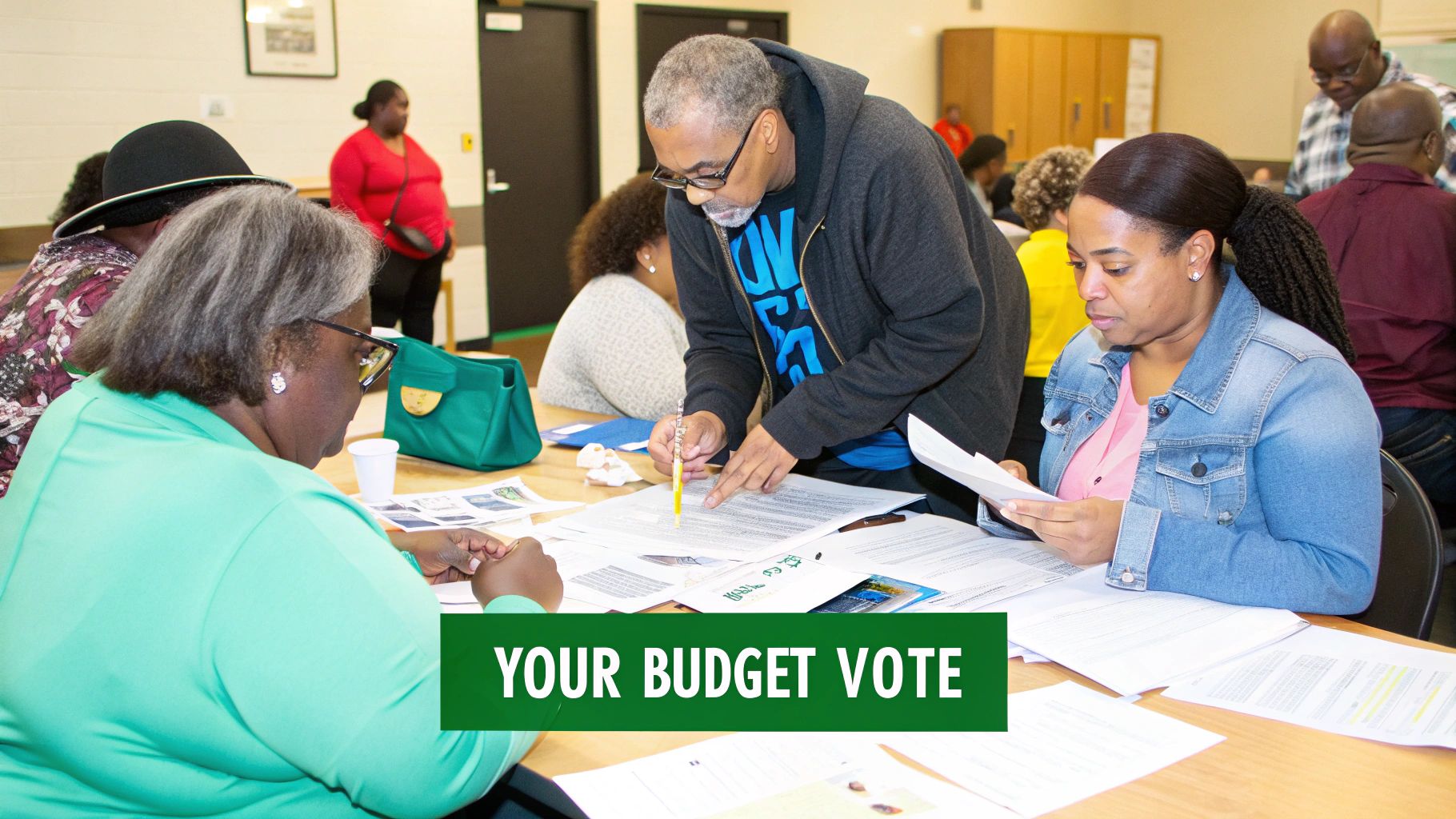
While pioneered by municipalities like Porto Alegre, Brazil, and adopted by cities like New York and Paris, this model can be adapted for any organization. It's about allocating resources, whether financial or otherwise, based on the collective will of your community. This deepens trust, ensures resources address genuine needs, and fosters unparalleled investment in the group's success.
How to Implement Participatory Budgeting
For Brands: A beauty brand could allocate a portion of its marketing budget for a community-voted collaboration, letting followers decide which influencer or non-profit to partner with.
For Online Communities: A membership-based group could let members vote on which new features, courses, or guest experts to invest subscription fees in for the next quarter.
Actionable Tips for Success
Start with a meaningful but manageable amount to ensure the process has a real impact without overwhelming your resources.
Establish clear rules and timelines from the outset so everyone understands the process, from idea submission to the final vote.
Provide context and education about the budget and potential options to empower informed decision-making.
Offer multiple ways to participate, such as using Instagram Polls for voting, a dedicated form for proposals, and Live Q&As for discussion.
3. Community-Based Social Marketing (CBSM)
While many strategies focus on broadcasting a message, Community-Based Social Marketing (CBSM) digs deeper. This powerful framework, popularized by environmental psychologist Doug McKenzie-Mohr, uses insights from social psychology to foster genuine behavior change within a community. It moves beyond just raising awareness to systematically identifying and removing barriers that prevent people from adopting desired actions.
On Instagram, CBSM helps you architect campaigns that don't just ask for engagement but actively encourage and facilitate it. By understanding the real-world obstacles your audience faces, you can create one of the most effective community engagement strategies that leads to lasting participation, from trying a new product to adopting a sustainable habit.
How to Implement CBSM
Launch a Pilot Program: A wellness brand can identify that the biggest barrier to morning workouts is "lack of motivation." They could create a small, private Instagram group for 20 followers, offering daily check-ins and peer support to pilot a solution.
Use Public Commitments: A nonprofit promoting local shopping can run a campaign asking followers to take a public pledge in their Stories, using a branded sticker, to buy from a local business that week. This leverages social norms and commitment.
Actionable Tips for Success
Conduct barrier research using polls and Q&A stickers to ask followers, "What's the #1 thing stopping you from [desired action]?"
Leverage commitment tools by encouraging followers to set a public goal in the comments and tag an accountability partner.
Make the desired behavior visible by showcasing others doing it. Feature testimonials and user-generated content that normalizes the action.
Use direct, personal communication via DMs to follow up with highly engaged users, offering personalized encouragement or resources.
4. Collective Impact
The Collective Impact framework extends beyond your immediate audience to create powerful, large-scale change. This advanced community engagement strategy is built on the principle that no single organization can solve complex problems alone. Instead, it involves forming structured collaborations with different groups, businesses, and organizations united by a common agenda.

This model moves your brand from a solo player to a central convener, orchestrating efforts to tackle a significant issue relevant to your industry. For a brand, this could mean partnering with non-profits, local businesses, and influencers to address an issue like sustainable fashion or digital literacy, amplifying your impact, and establishing deep-rooted community leadership.
How to Implement Collective Impact
Launch a Coalition: A tech company concerned with the digital divide could partner with local schools, libraries, and a non-profit to provide coding workshops for underserved youth.
Create a Shared Campaign: A group of eco-conscious beauty brands can unite for a campaign to reduce plastic waste in the industry, pooling resources for a larger-scale awareness push and shared measurement of their success.
Actionable Tips for Success
Establish a "backbone" organization or team to coordinate efforts, manage communication, and track progress for all partners.
Develop a common agenda with shared, measurable goals that all participating organizations agree upon and work toward.
Create regular communication channels, such as a shared Slack group or monthly virtual meetings, to maintain alignment and momentum.
Celebrate collective wins by publicly acknowledging the contributions of all partners, reinforcing the collaborative spirit and shared ownership of achievements.
5. Digital Storytelling
Digital storytelling is a community engagement strategy that moves beyond simple testimonials by empowering individuals to craft and share their narratives. This powerful method combines voiceovers, images, and music into short videos, allowing community members to tell their stories in their own words. It changes passive audience members into active storytellers, fostering deep connections and amplifying voices that are often unheard.
How to Implement Digital Storytelling
Host a Workshop Series: A non-profit supporting immigrants could run a workshop teaching participants how to create short videos about their integration experiences, preserving their unique journeys.
Launch a Themed Campaign: A mental health awareness brand can invite followers to create and share digital stories about their wellness journeys, creating a powerful library of peer support and encouragement.
Actionable Tips for Success
Provide full technical support and accessible training to ensure technology is an enabler, not a barrier.
Create a safe and supportive space for participants to share vulnerable stories, emphasizing trust and mutual respect.
Focus on the story arc, helping participants structure their narrative for maximum emotional impact and clarity.
Respect participants' ownership, giving them the final say over how their story is used and shared.
Host a community screening event, either virtually or in person, to celebrate the creators and maximize the impact of their stories.
6. Place-Based Community Engagement
This powerful community engagement strategy moves beyond digital spaces to focus on specific geographic areas. Place-based engagement recognizes that true impact is often local, requiring a deep, long-term commitment to a particular neighborhood or community. The approach is rooted in understanding and leveraging the unique context, relationships, and assets specific to that location.
Instead of applying a one-size-fits-all strategy, this model fosters sustained relationships and addresses local challenges head-on. By embedding your brand or organization within a community, you build unparalleled trust and create tangible, collaborative change that resonates both offline and online.
How to Implement Place-Based Engagement
Host Hyper-Local Events: A local coffee shop can partner with neighborhood artists for a gallery night, strengthening its role as a community hub. A national retail brand could sponsor a clean-up day at a specific city park.
Create Community-Centric Partnerships: A tech company can collaborate with a local school district to offer coding workshops, investing directly in the area's future workforce and building goodwill.
Actionable Tips for Success
Invest time in relationship-building before launching any major initiatives. Get to know local leaders, residents, and existing organizations.
Hire staff who reflect the community's demographics to ensure an authentic connection and understanding.
Coordinate with existing community efforts to avoid duplication and build on established momentum.
Maintain a consistent, visible presence in the neighborhood through regular participation in local events and meetings.
7. Appreciative Inquiry (AI)
Appreciative Inquiry is a powerful community engagement strategy that shifts the focus from problem-solving to discovering what is already working well. Instead of asking "What's broken and how do we fix it?", AI asks "What's working and how can we create more of it?". This strengths-based approach, pioneered by figures like David Cooperrider, engages your audience in a positive, collaborative process to build on existing successes.
On Instagram, this translates to fostering a community culture that actively seeks out and amplifies positive experiences. By guiding your audience to share stories of success and envision a better future together, you create a powerful, self-reinforcing loop of positivity and collective achievement. This method builds deep connections by empowering members to co-create the community's direction.
How to Implement Appreciative Inquiry
Positive Story Campaigns: A non-profit could ask followers to share stories of when they felt most impactful using a dedicated hashtag, then use these themes to shape future initiatives.
"Dream" Sessions via Instagram Live: A personal development coach can host a live session, asking their community to describe their ideal morning routine, and collecting inspiring ideas to build a shared "perfect day" framework.
Actionable Tips for Success
Ask powerful, positive questions in your captions and Stories, like "Share a time our product helped you achieve a goal" instead of "What problems are you having?".
Create dedicated spaces for storytelling, such as through Instagram Guides or a "community wins" highlight reel, to showcase the positive narratives.
Focus on concrete actions that emerge from these positive discussions. If followers share stories about collaboration, launch a group project.
Acknowledge and celebrate every contribution to reinforce the value of sharing positive experiences and build momentum for your community.
8. Community Organizing
Community organizing is a powerful, proactive strategy that moves beyond simple interaction to mobilize your audience toward a shared goal. Rooted in the principles of leaders like Saul Alinsky, this approach changes your community from a passive audience into an active, collective force for change. It's about identifying common interests and empowering members to take collective action, building real-world power and influence.
For a brand, this means channeling your community's energy into campaigns that matter to them, whether it's advocating for a cause, supporting a local initiative, or pushing for industry-wide improvements. This level of involvement creates an unparalleled sense of purpose and belonging, making your brand a central hub for meaningful action.
How to Implement Community Organizing
Launch a Purpose-Driven Campaign: A sustainable fashion brand could organize its followers to sign a petition demanding more transparency from fast-fashion giants. A local coffee shop might rally its customers to support a park cleanup initiative.
Build a Leadership Council: An ed-tech platform can create a "Student Advisory Board" from its most engaged users to help shape future product features and advocate for better learning tools.
Actionable Tips for Success
Start with one-on-one conversations to understand what issues your most dedicated followers truly care about.
Set clear, winnable goals for your campaigns to build momentum and show your community that their collective effort creates tangible results.
Provide training and resources, such as social media toolkits or templated emails, to equip your community members with the skills they need to be effective advocates.
Form coalitions with other creators or brands who share your values to amplify your collective voice and expand your impact.
9. Civic Technology and Digital Engagement
Civic technology uses digital tools to supercharge public participation and make community processes more transparent and accessible. This approach moves beyond traditional town halls by leveraging websites, mobile apps, and data platforms to create dynamic channels for community engagement. It’s about meeting people where they are: online.
By adopting civic tech, organizations can lower the barrier to participation, gather real-time feedback, and foster a more inclusive dialogue. Platforms like Decide Madrid, which allows citizens to propose and vote on city-wide initiatives, showcase how technology can empower residents and build a stronger, more connected community. These community engagement strategies make participation more efficient and far-reaching.
How to Implement Civic Technology
Launch a Digital Idea Board: Use a platform like Neighborland to let community members publicly post, discuss, and support ideas for local improvements.
Crowdsource Data for Public Good: A city could develop a simple app, similar to Boston's Street Bump, that allows residents to automatically report potholes while they drive, turning citizens into active data collectors.
Actionable Tips for Success
Design for accessibility, ensuring your digital tools are usable for people with disabilities and those with lower digital literacy.
Provide training and support to help less tech-savvy users get comfortable with the new platforms.
Complement digital with offline options to ensure you don’t exclude community members without reliable internet access.
Regularly evaluate platform usage and gather user feedback to continuously improve the digital engagement experience.
10. Cultural Asset Mapping and Arts-Based Engagement
This strategy moves beyond typical engagement by recognizing that culture and creativity are powerful tools for bringing people together. Cultural Asset Mapping involves identifying and celebrating the unique arts, heritage, and traditions within your community. It then leverages these assets through arts-based activities to foster connection, express a shared identity, and even drive social change.
By weaving cultural expression into your community engagement strategies, you create deeply resonant experiences. This approach honors the diverse backgrounds of your audience, making them feel authentically represented and valued. It changes your brand from a simple entity into a cultural hub where community identity is showcased and strengthened.
How to Implement Arts-Based Engagement
Host a Community Mural Project: A local coffee shop could partner with an artist to design a mural, inviting followers to help paint it. This creates a lasting, collaborative piece of art.
Showcase Cultural Storytelling: A non-profit could use Instagram Reels to feature short interviews with community elders sharing traditional stories or skills, preserving and celebrating local heritage.
Actionable Tips for Success
Partner with local artists and cultural organizations to ensure authenticity and tap into existing creative networks.
Connect arts activities to clear community goals, whether it's beautifying a local space or raising awareness for a cause.
Create inclusive and safe spaces that welcome all forms of cultural expression and respect diverse traditions.
Document and share the creative process and final works through Stories, Reels, and posts to maximize impact and celebrate participants.
Community Engagement Strategies Comparison
Asset-Based Community Development (ABCD)
ABCD involves medium to high implementation complexity and requires training and facilitation. It uses moderate resources by leveraging existing community assets. The expected outcomes are sustainable, community-led change and stronger social ties. This approach is ideal for communities that want to build internal capacity and ownership. It empowers locals, is cost-effective, and builds social capital.Participatory Budgeting
This approach is highly complex due to its multi-stage structure and coordination needs. It requires high resource input including staff, volunteers, and logistics. The outcomes include increased civic engagement and transparent budgeting. It suits municipalities looking to allocate budgets democratically. Key advantages include enhanced transparency and alignment with community priorities.Community-Based Social Marketing
This method is high in complexity, being research-driven and behavior-focused. It demands moderate but personal contact-intensive resources. It leads to measurable behavior changes and sustainable adoption. It is best used in environmental, health, or transportation behavior change campaigns. The approach is based on psychology, making it cost-effective compared to mass media.Collective Impact
Collective Impact is very complex due to the need for multisectional coordination. It requires high resource input including a backbone organization and consensus-building. The result is large-scale systemic change and cross-sector collaboration. It fits complex social issues that involve multiple organizations. The advantage is leveraging diverse resources for long-lasting systemic change.Digital Storytelling
This medium-complexity approach requires technical skills and equipment. It needs moderate to high resource investment, particularly in tech and training. It helps amplify marginalized voices and create emotional connections. Ideal for communities advocating personal narratives, it builds empathy, creative skills, and stronger bonds.Place-Based Community Engagement
This approach is high in complexity and requires long-term, resource-intensive efforts. It calls for high levels of staffing and local presence. It delivers deep local impact, strong leadership, and trust. It is suited for targeted neighborhood development and integrated services. It builds trust, enables holistic interventions, and results in measurable change.Appreciative Inquiry
Appreciative Inquiry has medium complexity and is facilitation intensive. It requires moderate resources, particularly skilled facilitators. The outcome is positive energy, large group engagement, and innovation. It works well for groups aiming for strength-based positive change. The main benefits include building optimism, creativity, and inclusive participation.Community Organizing
This high-complexity approach demands strategic, sustained effort. It involves high resource needs, including leadership training and coalition building. It promotes systemic advocacy and increases political power. It is ideal for marginalized communities advocating for policy change. The key advantages are leadership development, root-cause focus, and empowerment.Civic Technology & Digital Engagement
This method ranges from medium to high complexity and involves tech maintenance and support. Resource needs are moderate to high, involving platform development and training. The outcome is increased accessibility and new engagement channels. It's ideal for enhancing digital civic participation and transparency. It improves accessibility and enables real-time feedback.Cultural Asset Mapping & Arts-Based Engagement
This approach has medium complexity and requires cultural competence and artistic resources. Resources include materials, space, and artistic skills at moderate levels. The outcomes are stronger community identity and creative advocacy. It’s great for engaging diverse cultures through art. The benefits include celebrating culture, building bridges, and enhancing advocacy.
From Strategy to Growth: Your Next Steps
We've journeyed through ten powerful and diverse community engagement strategies, from the asset-focused lens of ABCD to the creative potential of Cultural Asset Mapping. The core lesson weaving through each approach is a fundamental shift in mindset. True community engagement isn't about collecting followers; it's about cultivating relationships. It's about seeing your audience not as passive consumers of content, but as active co-creators of a vibrant, shared space.
This transition from broadcasting to building is the secret to unlocking sustainable, organic growth. When you empower your followers, listen with genuine curiosity, and actively facilitate connections between them, you create more than just an audience. You foster a resilient, loyal community that advocates for you, provides invaluable feedback, and grows naturally because people genuinely want to belong.
Charting Your Course for Community Growth
Implementing these advanced concepts can feel daunting, but progress begins with a single, focused step. Don't try to implement all ten strategies at once. Instead, review the list and select one or two that resonate most deeply with your brand's mission and your style.
For Data-Driven Creators: Consider starting with Community-Based Social Marketing or Civic Technology and Digital Engagement. These strategies allow you to test specific calls to action and measure their impact directly, giving you clear data to guide your efforts.
For Story-Focused Brands: Digital Storytelling or Appreciative Inquiry offers a natural starting point. Focus on gathering and sharing the positive stories and experiences that already exist within your audience, turning your followers into the heroes of your brand narrative.
For Hyper-Local Businesses: Place-Based Community Engagement is your ideal entry point. Begin by mapping the unique characteristics of your local area and create content that celebrates and serves the specific needs of your geographic community.
Measuring What Truly Matters
As you deploy these strategies, your definition of success will also evolve. While likes and follower counts have their place, your focus should shift to deeper indicators of community health. Pay close attention to the quality of comments, the number of saves and shares, and the volume of user-generated content you inspire.
For video content, which is often central to digital storytelling and engagement, a clear understanding of video engagement metrics is essential for refining your community content strategy and ensuring sustained growth. Tracking metrics like audience retention and play-through rate will tell you if your community-focused content is truly resonating. This data provides the blueprint for creating more of what your community loves, fueling a powerful cycle of engagement and growth. These deeper community engagement strategies work best when you can precisely measure their impact.
Ready to lay the groundwork for a thriving community? The most effective community engagement strategies begin with reaching the right people. Stop guessing and start growing with Gainsty. Our AI-powered platform connects you with a targeted audience of genuine, interested followers, ensuring your efforts to build a community are seen by people who are ready to engage. Start your journey with Gainsty today and turn your followers into a powerful, active community.

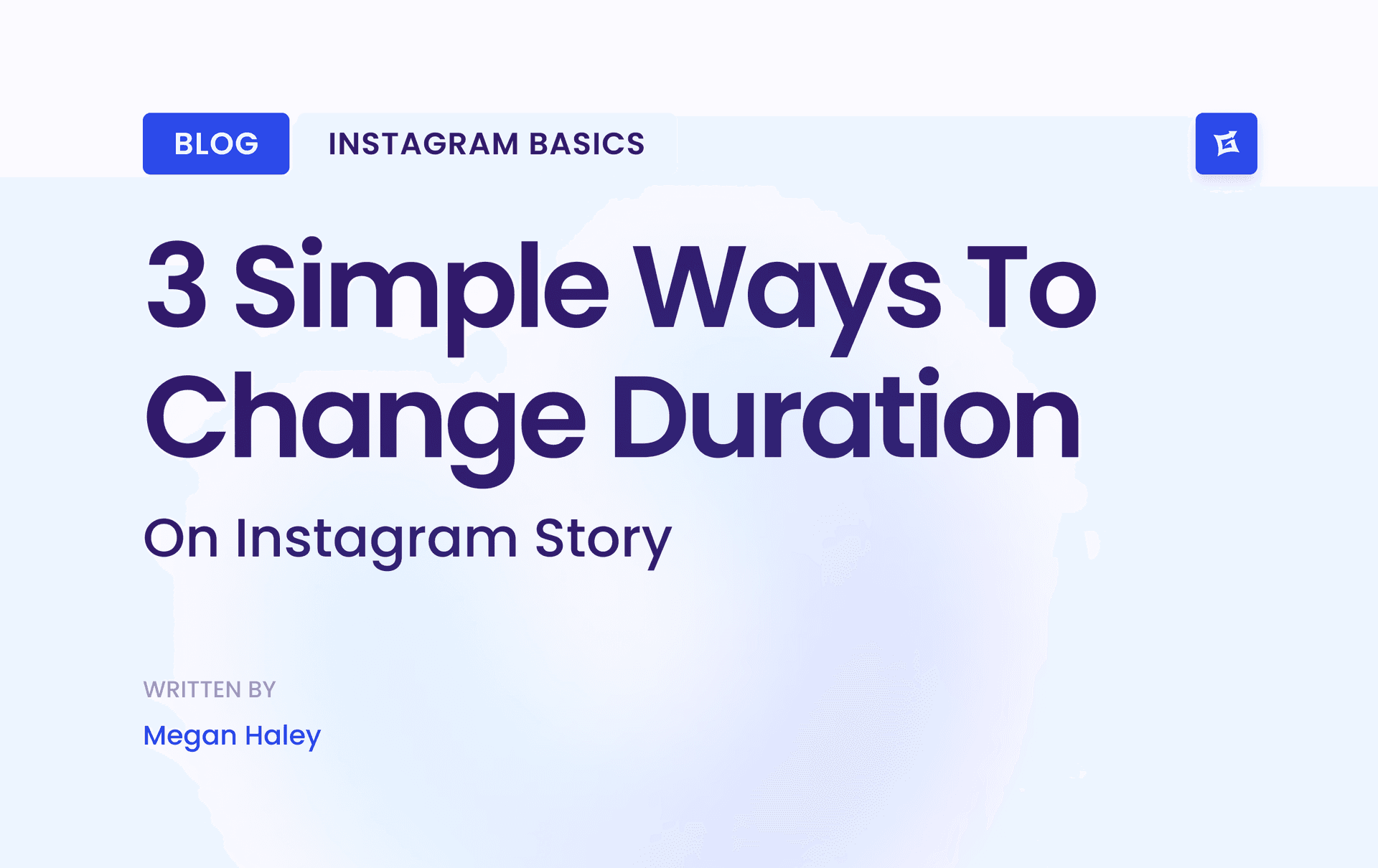
.png&w=1920&q=75&dpl=dpl_9XSWKBjhcBN6v6b1SN7m3p1WWjfr)
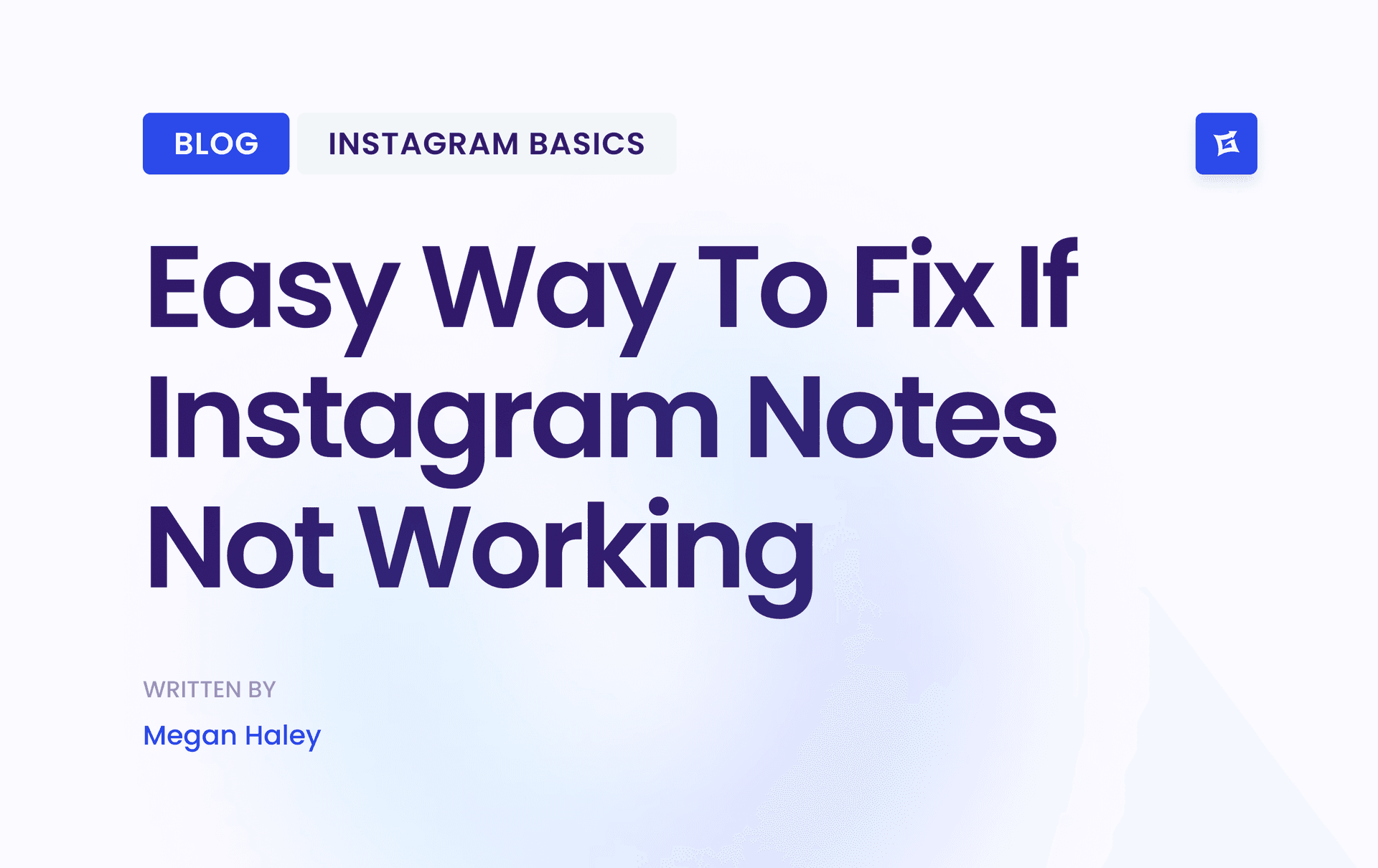
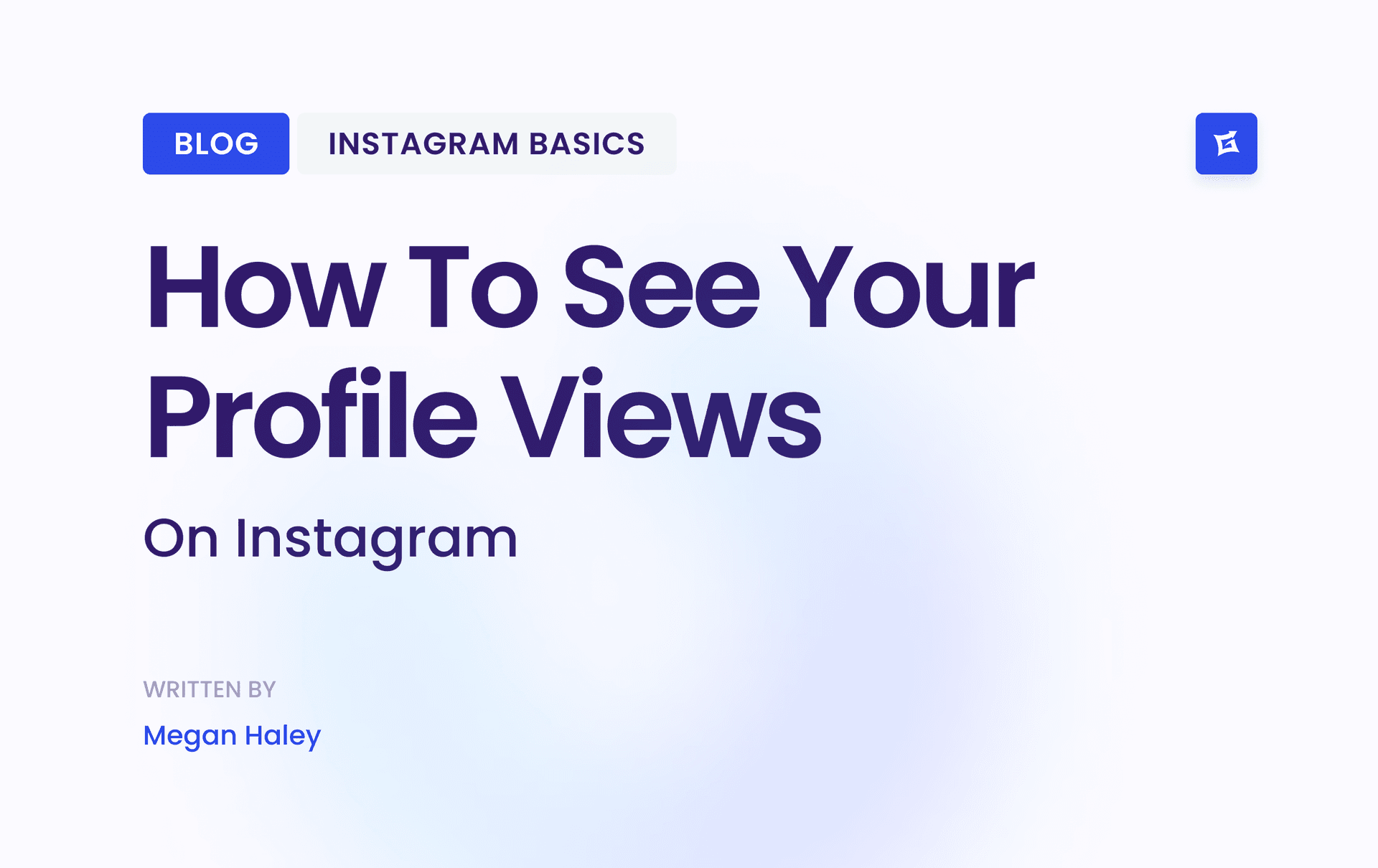
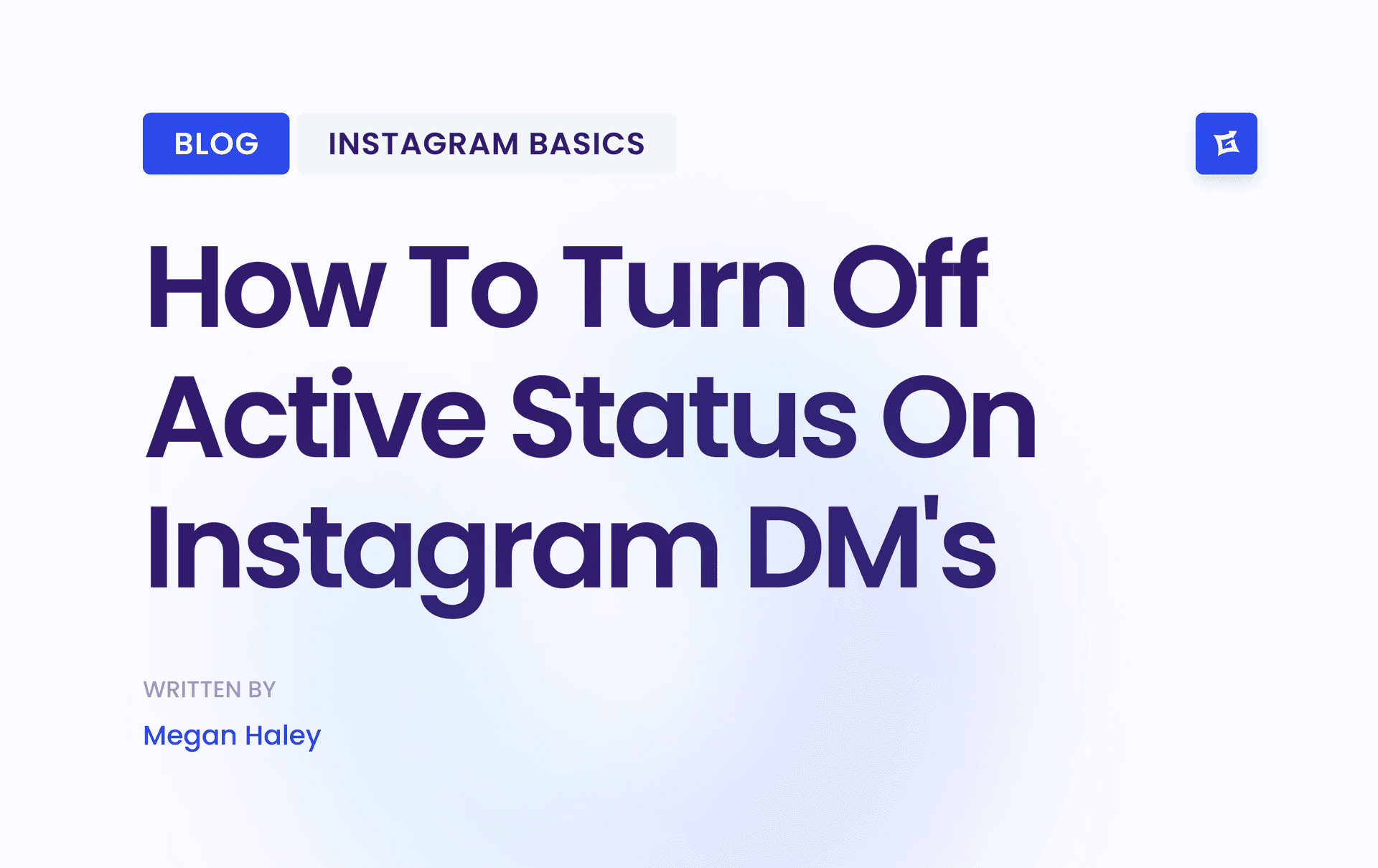
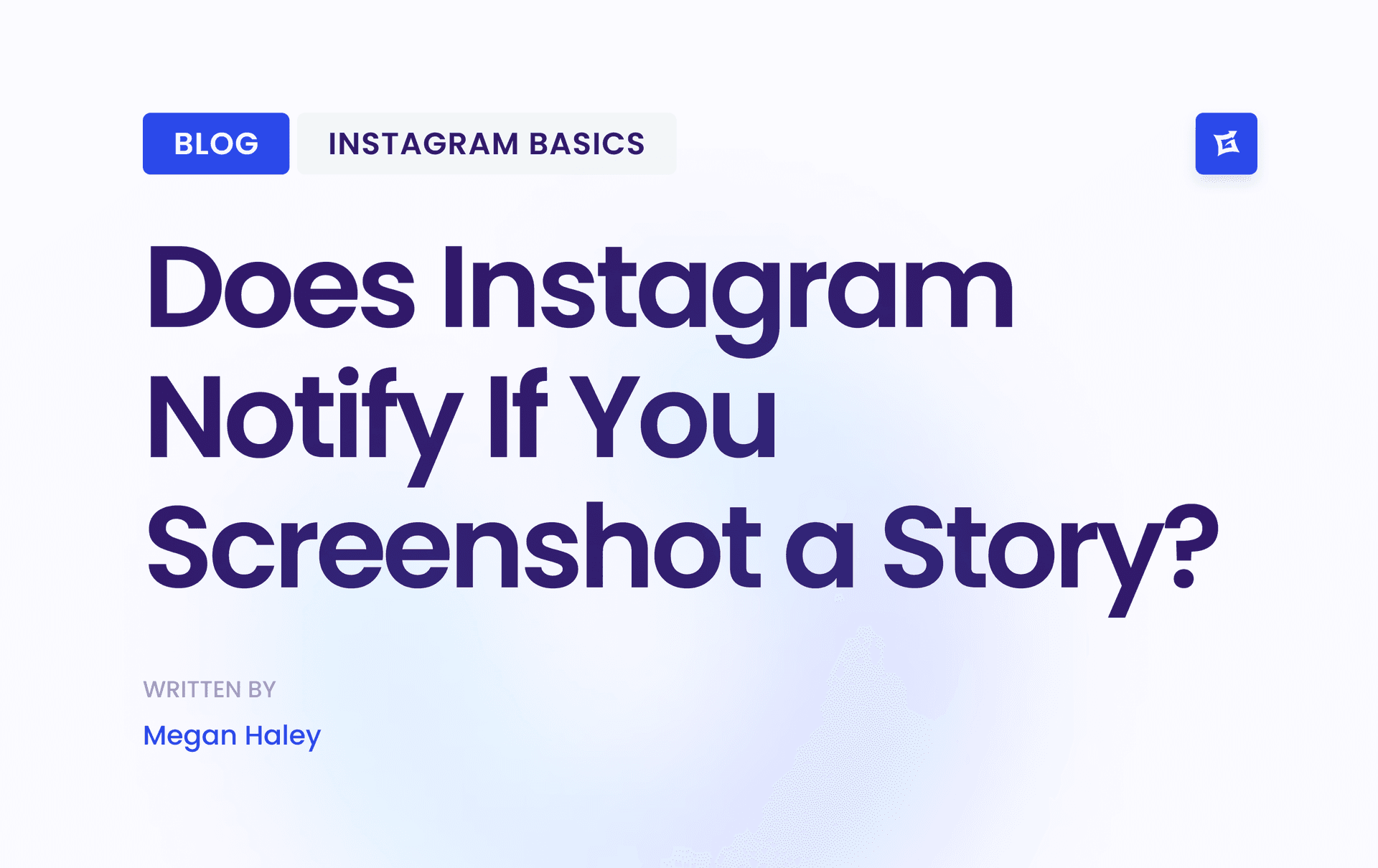



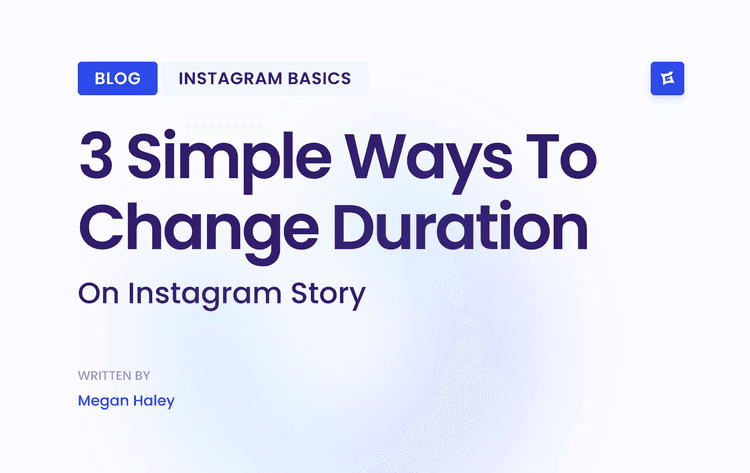
.png&w=750&q=75&dpl=dpl_9XSWKBjhcBN6v6b1SN7m3p1WWjfr)
